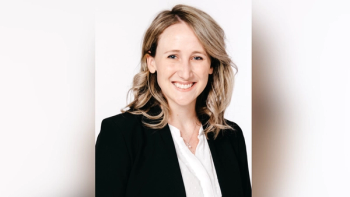
PAP 2023: Where Patient Access and Adherence Meet Regulatory Policy
Pharma Commerce provides a look into a few of the conference’s highlights.
Pharmaceutical Commerce recently had the opportunity to attend Informa’s Patient Assistance & Access Programs (PAP) show held last month in Philadelphia, an event that was featured as a component of the larger Access USA program. When the Pharma Commerce team was not conducting video interviews with KOLs, we had the opportunity to attend several educational seminars.
One of which revolved around “Optimizing Patient Experience, Access, and Adherence,” featuring Adam Mathis, patient assistance programs coordinate with Eskenazi Health—a company that provides treatment and services to Marion County (Florida) and central Indiana residents—and Jonathan James, CEO of non-profit Hope Charities. They dove into what it takes to creating a system that benefits the patient, with revolves around several focal points:
- Find a gap, build a bridge: Determining medications of concern, while also working with your institution to create solutions
- Desire is key on all fronts: Keeping the patient not only involved, but optimistic. It is important, the speakers say, help the patient remain compliant and to advocate for him or her when they are unable to advocate for themselves.
- Identify specific access needs: Identifying insurance status, engage the patient in a proactive manner, and use healthcare system tools to design access options
- Constant fluidity and adaptation: Remaining aware of program changes, and using past experiences to help adapt as we approach the future
Personally speaking, I was curious to attend a seminar that dove into the “nuts and bolts” of the Inflation Reduction Act (IRA), which was signed into law Aug. 16, 2022. Charles E. Collins, who serves as president of Healthcare Stakeholder Solutions, and Brian Connell, the Leukemia and Lymphoma Society executive director of federal government affairs with the office of public policy, explained that the IRA essentially directs new federal spending toward reducing carbon emissions, lowering healthcare costs, funding the Internal Revenue Service (IRS), and improving taxpayer compliance.
As
To further specify on how this impacts the patient’s annual OOP costs, Connell provided multiple visuals, including the disparity of price for leukemia treatment: under the current law/pre-IRA, OOP is $11,559, versus the 2,000 patient cost cap under IRA.
The educational sessions only begin to scratch the service on what PAP encompassed, and we look forward to attending once again come 2024.
Newsletter
Stay ahead in the life sciences industry with Pharmaceutical Commerce, the latest news, trends, and strategies in drug distribution, commercialization, and market access.




